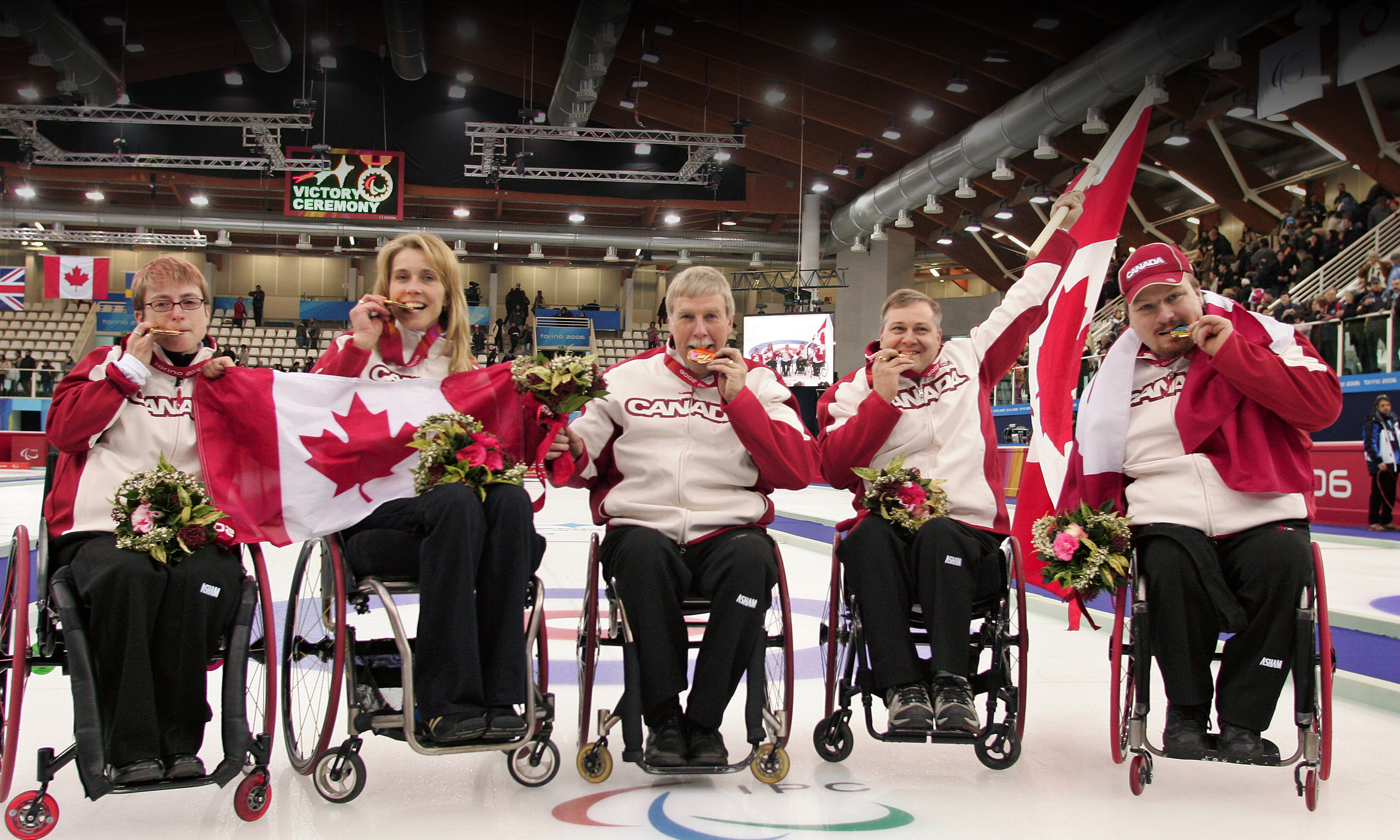
Torino 2006

Canadian Athletes
Sports
Overall Ranking
Participating Nations
Total Athletes
Total Medal Events
Total Sports
16
2
2

Para nordic skiing
8
1
1
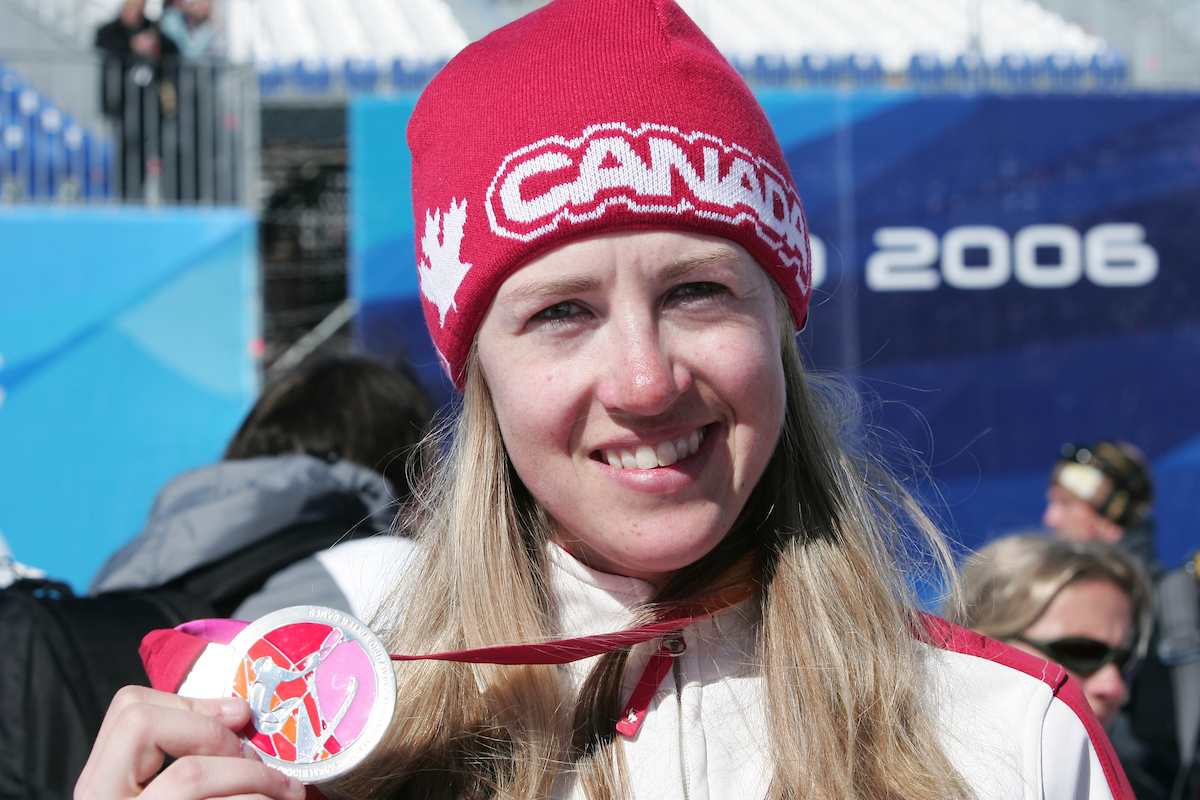
Para alpine
1
1
1
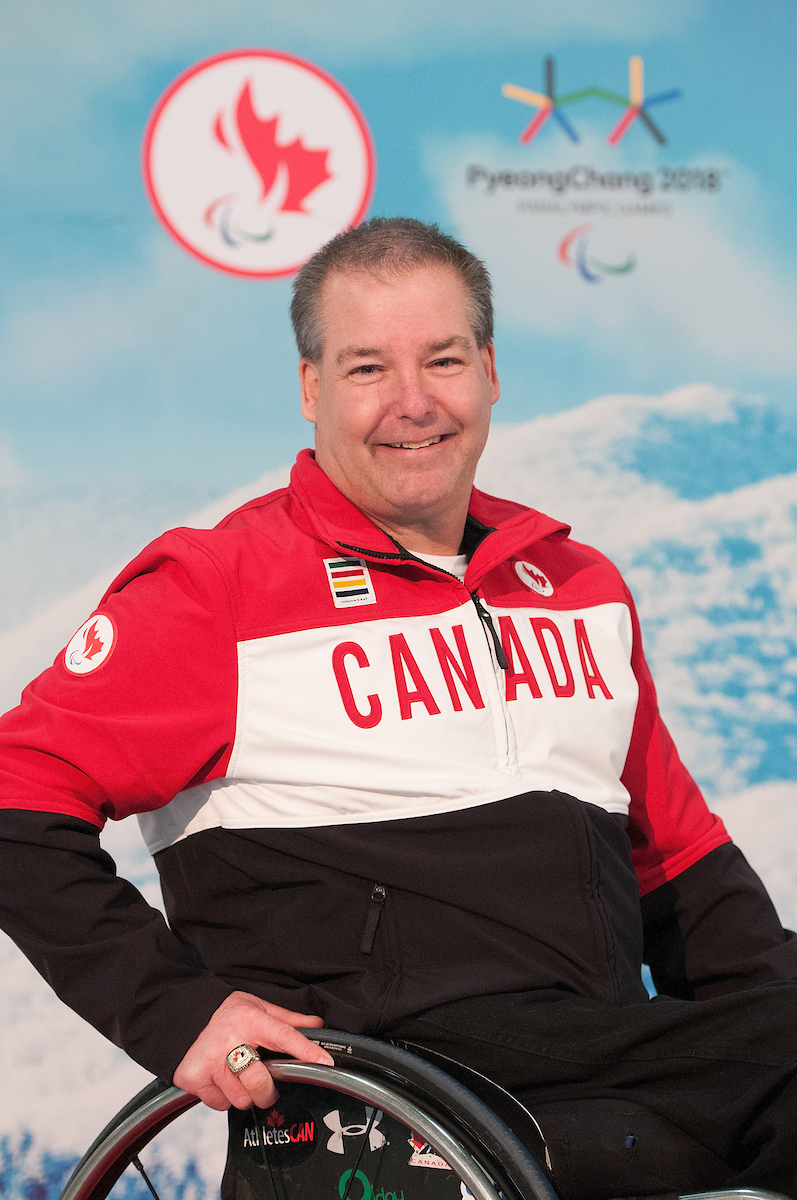
Para ice hockey
3
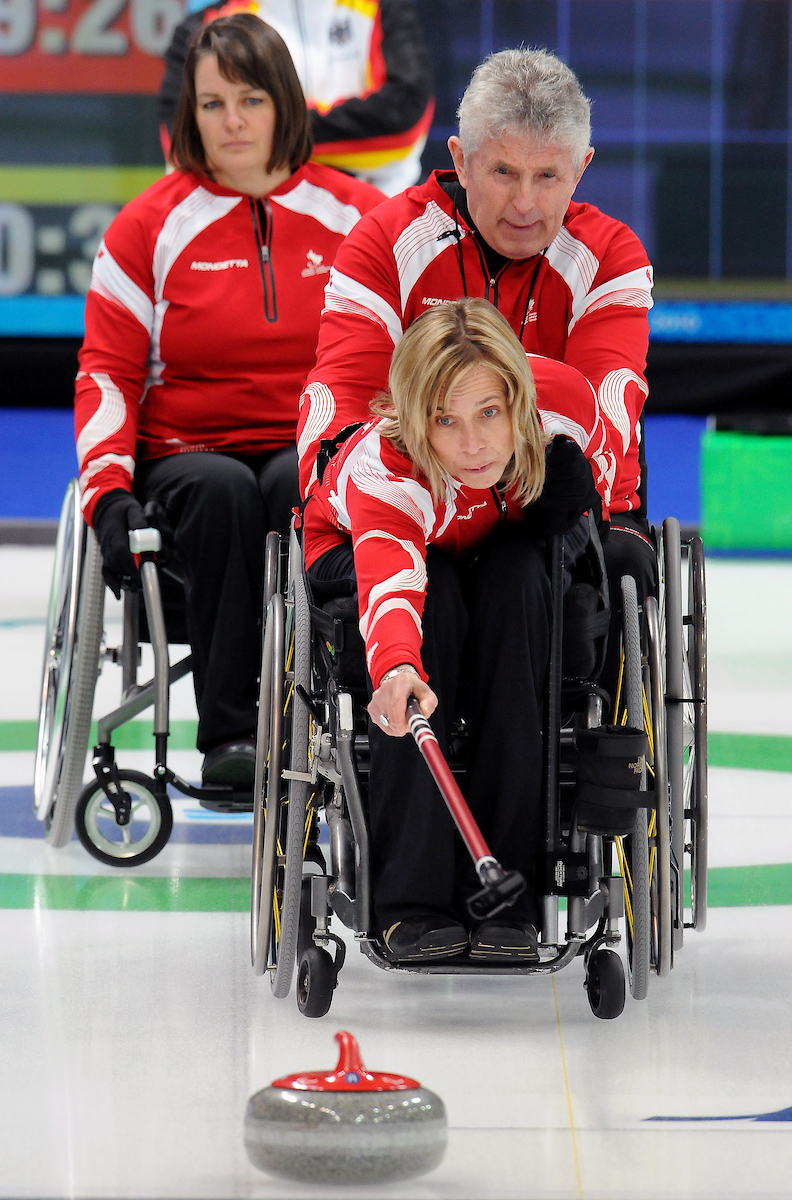
Wheelchair curling
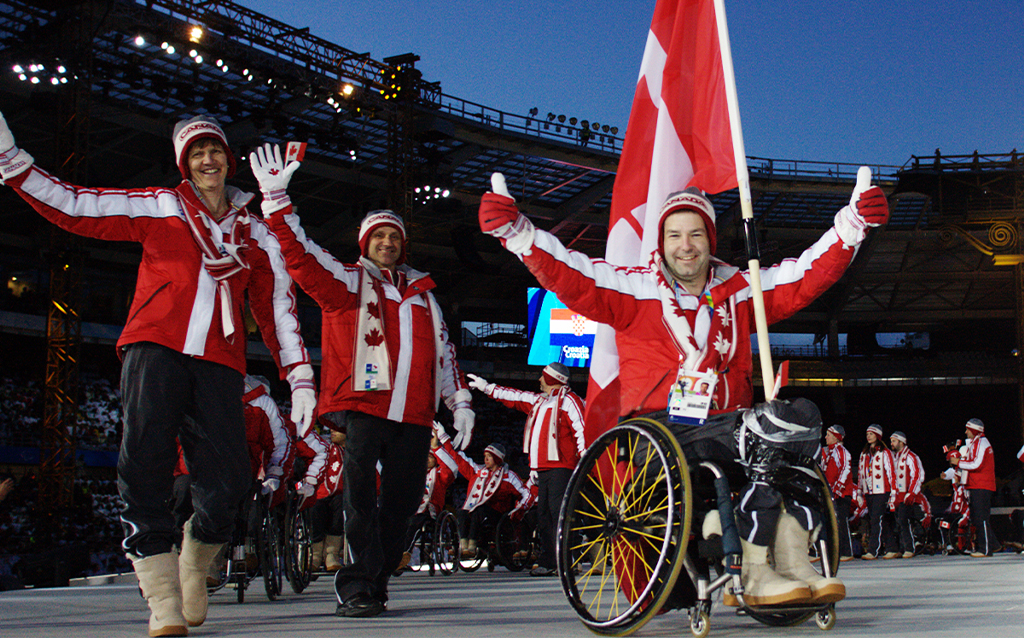
The 2006 Paralympic Winter Games, held in Torino, Italy, marked a turning point in Canada’s Paralympic journey. It was a defining chapter that saw Canadian athletes deliver breakthrough performances, rewrite expectations, and lay the groundwork for a golden era for the nation in winter Para sports.
Coming just four years before Canada was set to host the Winter Paralympics for the first time in Vancouver, the Torino Games provided a crucial test of the country’s progress and potential. Against the dramatic backdrop of the Italian Alps, 35 Canadian athletes competed across four sports: Para alpine skiing, Para nordic, including Para cross-country skiing and Para biathlon, Para ice hockey, then known as Sledge hockey, and the debut of Wheelchair curling. The Paralympic Team would go on to deliver one of Canada’s most successful Winter Games to date, winning 13 medals, five gold, three silver, and five bronze, and finishing sixth in the overall medal standings.
Canada’s delegation at the Torino 2006 Opening Ceremony was proudly led by Para ice hockey captain Todd Nicholson, who served as the country’s flag bearer. A veteran of multiple Paralympic Games, Nicholson was widely respected for his leadership both on and off the ice. Carrying the Canadian flag into the stadium, he embodied the strength, determination, and unity of the team, a fitting symbol for what would become one of Canada’s most successful Winter Paralympic campaigns to date.
Leading the charge for the Canadian Paralympic Team was the Para ice hockey team, which captured the gold medal for the first time in Canadian Paralympic history. In a dominant display, Canada went undefeated through the tournament, defeating Norway 3–0 in the final. Captain Nicholson, goaltender Paul Rosen and forward Billy Bridges became household names overnight, as the team’s victory was an iconic moment of national pride. The win cemented Canada’s position as a force in the sport and ignited new enthusiasm for Para ice hockey across the country.
On the slopes, alpine skier Lauren Woolstencroft emerged as one of the standout stars of the Games. At just 24 years old, she claimed two gold medals in the slalom and giant slalom events (standing category), along with a silver in super-G, showcasing not only elite talent but the resilience and focus that would define her decorated career. Woolstencroft wasn’t the only Canadian alpine skier to shine in Torino, Josh Dueck captured silver in the men’s sit-ski slalom, while Karolina Wisniewska added two bronze medals to her already stellar Paralympic career.
In the Nordic events, Brian McKeever made his mark as a rising star. With his brother and guide Robin McKeever, Brian won gold in the 10km cross-country race (visually impaired) and added a bronze in the sprint, demonstrating incredible endurance, precision, and sibling synergy. It was the beginning of what would become one of the most celebrated careers in Paralympic sport, with McKeever eventually becoming Canada’s most decorated Winter Paralympian.
Wheelchair curling made its highly anticipated Paralympic debut in Torino, introducing a new winter discipline to the global stage. The event was contested as a mixed team competition, with teams required to include both male and female athletes. It was open to players with a physical disability affecting their lower limbs, necessitating the use of a wheelchair for daily mobility. Unlike traditional curling, wheelchair curling is played without sweeping, placing even greater emphasis on precision, strategy, and teamwork.
Canada embraced the opportunity to lead in this new Paralympic sport and delivered in spectacular fashion. The Canadian team, skipped by Chris Daw, went undefeated throughout the tournament, ultimately defeating Great Britain in a tense gold medal final. With clutch shots and calm under pressure, the team made history by capturing the sport’s first-ever Paralympic gold medal, setting a high standard for excellence in wheelchair curling and launching what would become a Canadian legacy in the sport for years to come.
Beyond the medal count, Torino 2006 represented a leap forward in visibility and respect for Paralympic sport. The Games were broadcast more widely than ever before, and the professionalism of the competition, from venue quality to athlete services, was widely praised. Canadian athletes were no longer just participants; they were contenders, role models, and national heroes.
Torino was also a celebration of the evolution and excellence of what could be achieved when athletes had the resources, training, and belief to compete at their highest level. For Canada, it was a powerful preview of what was to come in Vancouver, as the country began to envision what it meant not only to compete on the world stage, but to lead it.
The legacy of Torino lives on in the careers launched, the programs strengthened, and the momentum built. It was a Games where Canada not only reached the podium, but raised the bar.
"*" indicates required fields